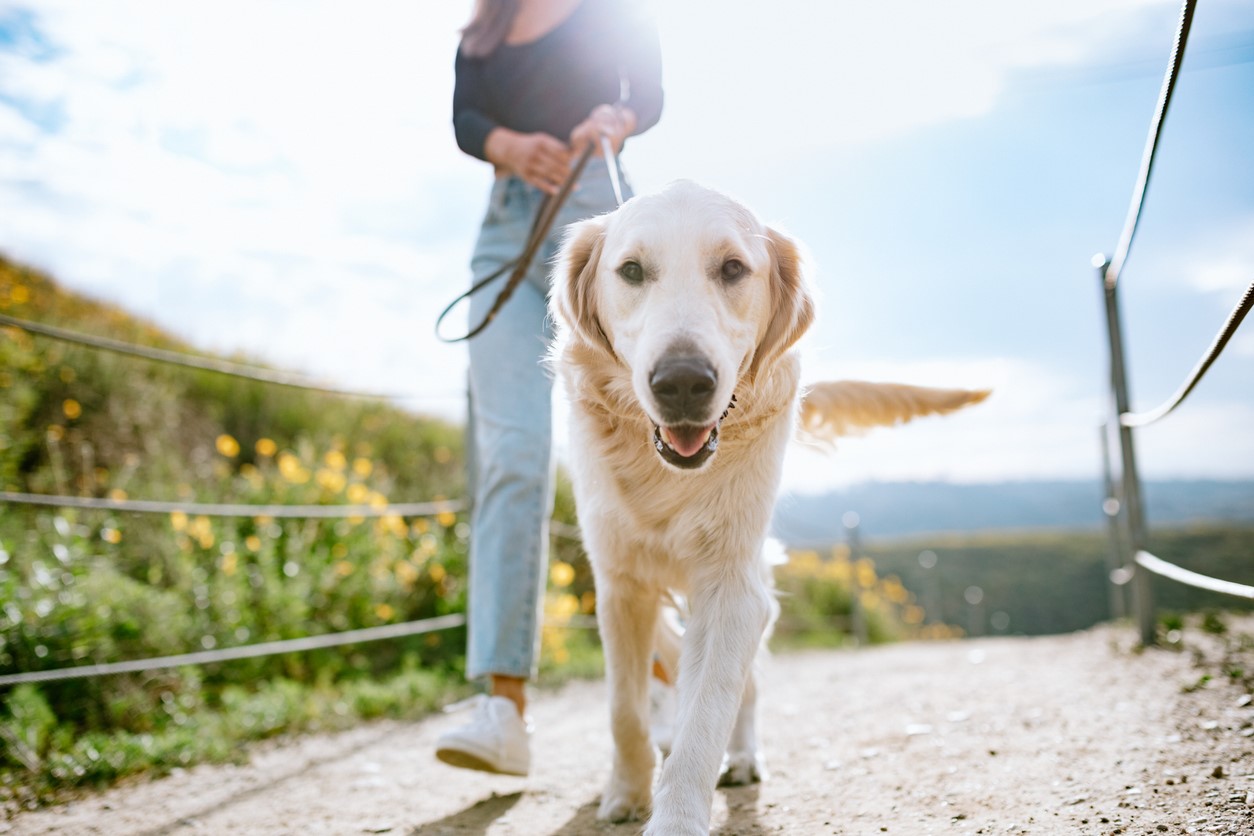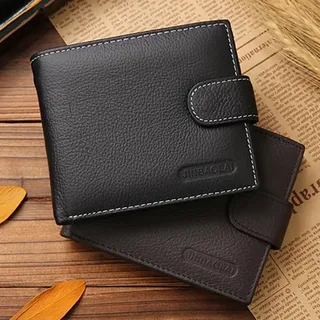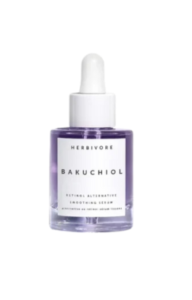Dog leashes are more than just a means of keeping your dog close—they are essential tools for safety, communication, and training. Choosing the right dog leash can significantly impact your walks, especially if your furry friend tends to pull or isn’t yet leash-trained. In this comprehensive guide, we will explore how to select the best leash for different needs, covering key factors, materials, leash types, and recommendations for both general and specific scenarios, like walking dogs that pull.
Why the Right Dog Leash Matters
A suitable leash is not just about control; it’s about enhancing the relationship you have with your dog. The right leash can:
- Improve safety for both the dog and handler by preventing escapes and keeping the dog within reach.
- Enhance communication during walks, training sessions, or in public settings.
- Provide comfort to both the dog and handler, especially if a dog pulls.
The type of leash you choose will depend on your dog’s size, behavior, specific needs, and your own preferences. Let’s break down the various factors to consider.
Factors to Consider When Choosing a Dog Leash
- Purpose of the Leash
- Daily walks: Simple, standard leashes with moderate length are sufficient.
- Training: Long lines, adjustable leashes, or special training leashes may be required.
- Safety and control: Double-handle or shorter leashes provide maximum control for busy areas or reactive dogs.
- Material
- Nylon: Lightweight, durable, and often affordable, nylon leashes are popular but may cause friction burns if your dog pulls suddenly.
- Leather: Soft, comfortable, and durable, leather leashes can last a lifetime with proper care. They are great for dogs that pull due to their strength.
- Chain: These leashes discourage chewing, but can be heavy and may not be ideal for all dogs.
- Rope: Climbing-style rope leashes are popular for their strength, especially with large dogs.
- Length
- 4-6 feet: Ideal for general walks, providing control while giving the dog some freedom to explore.
- 8-10+ feet: Used for training or open-space walks, these leashes give dogs more freedom but less control.
- Short leashes (1-3 feet): Great for high-traffic or crowded areas where close control is necessary.
- Handle Type
- Standard Loop Handle: Provides a good grip and is the most common.
- Padded Handle: Offers comfort, especially for dogs that pull.
- Extra Handle (Double Handle): Adds control for pulling dogs, giving an option to grip closer to the collar.
- Leash Attachments
- Clips: Ensure the clip is strong and secure. Options include bolt snaps and trigger snaps.
- Swiveling Clips: Prevent the leash from twisting, a helpful feature for dogs that pull or change direction frequently.
Types of Dog Leashes
- Standard Leashes
- Description: Generally 4-6 feet in length, made of nylon, leather, or rope.
- Best for: Everyday walks and general training.
- Pros: Easy to use, provides consistent control, available in many materials.
- Cons: Limited range of motion for dogs.
- Retractable Leashes
- Description: Extends and retracts using a built-in mechanism.
- Best for: Dogs with good leash manners and open-space walks.
- Pros: Offers freedom to explore, lightweight.
- Cons: Risky for dogs that pull; thin cord can snap, causing injuries.
- Adjustable Leashes
- Description: Can be adjusted in length via sliding clips or extra loops.
- Best for: Walks where variable control is needed.
- Pros: Versatile and customizable, can double as a hands-free option.
- Cons: Adjusting on the go may be inconvenient.
- Slip Leads
- Description: A leash and collar in one, designed to tighten around the dog’s neck.
- Best for: Quick control in training or in situations where a collar is unavailable.
- Pros: Easy to put on, useful for training purposes.
- Cons: Can cause choking if misused, not recommended for strong pullers.
- Martingale Leads
- Description: Combines a leash with a martingale collar to prevent slipping out.
- Best for: Dogs prone to slipping their collars.
- Pros: Provides gentle correction, prevents escape.
- Cons: Requires proper fit.
- Chain Leashes
- Description: Made of chain links.
- Best for: Dogs that chew on leashes.
- Pros: Chew-proof and durable.
- Cons: Heavy, can be uncomfortable to hold.
- Harness-Compatible Leashes
- Description: Specifically designed for use with harnesses for added control.
- Best for: Dogs that pull or need even distribution of pressure.
- Pros: Reduces strain on the neck, offers more control.
- Cons: Requires the correct harness fit.
Best Dog Leashes for Pulling and Untrained Dogs
Dogs that pull or are not leash-trained require specific types of leashes that offer maximum control and comfort for both the dog and handler. Here are our top picks and recommendations:
1. Ruffwear Knot-a-Leash
- Material: Climbing rope with a locking carabiner.
- Best for: Strong pullers and active dogs.
- Key Features: Durable rope design, locking carabiner for safety, reflective trim for visibility.
- Pros: Extremely strong, great for larger or active dogs, provides good grip control.
- Cons: Heavier than traditional nylon leashes.
Perfect for Active Lifestyles
The rope leash is a trusted material for an active dog. It can withstand hiking, running, or just enjoying a leisurely walk. Its lightweight and durable construction make it a reliable choice for any adventure.
If you’re looking for a leash that combines safety, durability, and style, the Ruffwear Knot-a-Leash is a fantastic investment for you and your dog. We recommend it for active dog owners who need reliable gear for all kinds of adventures!

👉 Check Out the Ruff Knot-a-Leash here!
2. Plutus Pet Double Handle Dog Leash 6ft, Heavy Duty, Reflective Dual Handle Dog Leash
- Material: Nylon with a padded nose loop.
- Best for: Dogs that pull excessively.
- Key Features: Comfortable Handle. The handle is padded with soft neoprene, that will provide perfect comfort during dog outdoor activities. The metal D-ring allows an easy attachment of a poop bag, keys or other accessories.
- Pros: Offers immediate control, reduces pulling without choking.
- Cons: Shorter length limits the dog’s movement.
The Plutus Pet Double Handle Dog Leash is a fantastic choice for dog owners who need a durable and functional leash with added control. Designed with both safety and comfort in mind, this leash is perfect for medium and large dogs.

👉 Check out the Plutus Pet Double Handle Dog Leash here!
3. Max and Neo Double Handle Traffic Leash
- Material: Nylon with padded handles.
- Best for: Dogs that need close control in high-traffic situations.
- Key Features: Two padded handles—one near the clip for close control.
- Pros: Excellent for large dogs that pull, comfortable handles for long walks.
- Cons: Shorter length limits the dog’s movement.
The Max and Neo Double Handle Traffic Dog Leash is more than just a high-quality leash—it’s a purchase with a purpose. With its thoughtful design, durability, and charitable mission, it’s an easy recommendation for dog owners who care about their pets and giving back to the community.

👉 Check out the Max and Neo Double Handle Traffic Dog Leash here!
4. Halti Double-Ended Training Leash
-
Double-Ended Design for Training Flexibility
This leash features clips at both ends, allowing for multiple configurations such as hands-free walking, dual-dog walking, or attaching to both a collar and a harness for added control during training. -
Ideal for Anti-Pulling Training
Designed with training in mind, the double-ended functionality helps manage pulling behavior by giving you more control over your dog’s movements, making it an excellent tool for teaching leash manners. -
Lightweight and Durable Construction
Made from high-quality materials, the leash is lightweight yet strong, ensuring it can handle active dogs and training sessions while remaining easy to use. -
Comfortable to Hold
The leash is designed to be ergonomic and easy on your hands, making it comfortable to use even during extended walks or training sessions. -
Adjustable Length for Versatility
With the ability to adjust the leash length, it’s perfect for a variety of activities, from close-control walking to giving your dog more freedom to explore. -
Suitable for Puppies and Adult Dogs
Whether you’re training a puppy or working on refining the skills of a medium to large dog, this leash adapts to your needs, making it a long-term investment for your training toolkit.
The HALTI Double-Ended Training Leash is a versatile and lightweight option for dog owners looking to improve their training routine. Its multifunctional design and durable construction are exactly why we recommend it. Learn more about its multiple uses below.

👉 Check out the HALTI Double-Ended Training Leash here!
Tips for Training a Dog That Pulls
- Use Positive Reinforcement: Reward your dog when they walk without pulling to encourage good behavior. Trainers advise that you want your hip to become your pup’s “sweet spot” by routinely rewarding with a high value treat when they walk alongside you and check in on you.
- Stop and Stand Still: If your dog pulls, stop walking. This teaches that pulling won’t get them where they want to go. If you have a small dog, you can pick them up to signal the walk is over for now. Once they calm down, you can start walking pup again.
- Use the Right Gear: Invest in a no-pull harness or headcollar for additional control. We distinctly suggest a headcollar as they are veterinarian recommended. If your dog doesn’t do well with material over its muzzle, then a slip lead is highly suggested.
- Short Training Sessions: Gradually increase the length of walks to build endurance and teach good habits. Also, reducing distractions in highly populated areas is recommended.
Recommended Leash for General Use
For everyday walks, a standard 6-foot nylon or leather leash works well for most dogs. It provides adequate length for exploration while still offering control. If your dog tends to pull, consider a double-handle leash or a headcollar-leash combination for added safety and training assistance. A reflective leash is a must have, especially for fall and winter seasons.
See this article; Enhanced Safety: The Best Reflective Double Handle Dog Leashes
Conclusion
Choosing the right leash for your dog can make all the difference, whether you’re training a new puppy, walking a strong puller, or simply enjoying leisurely strolls. Understanding your dog’s behavior, specific needs, and walking environment will help guide your choice. With the right leash and training approach, both you and your furry companion can enjoy safer, more enjoyable walks together.








